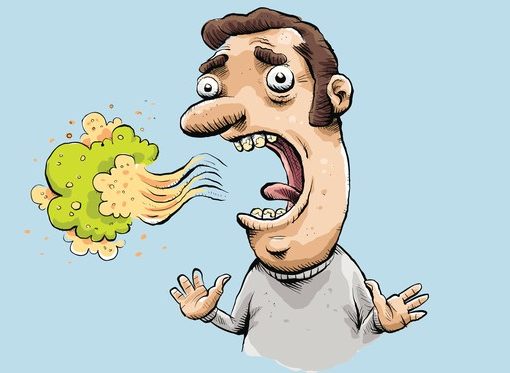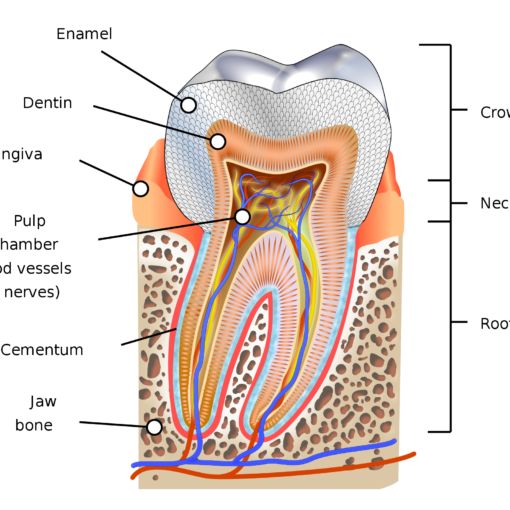A KNOCKED OUT TOOTH
It can easily happen, where a tooth gets knocked out, or another name is avulsed, usually by trauma or accidently. Not on purpose like Stu in the movie “The Hangover” who pulls his own tooth out. More than five million teeth are knocked out yearly in children and adults. A dental avulsion is the complete displacement of a tooth from it’s socket in bone owing to trauma. Common ways are through sports, fights, falling down, hit in the face, biting on hard objects and car accidents. With 13-39% sports related, and the most common teeth are the maxillary central incisors, — the two front teeth. The sooner you can get the tooth back in the socket the higher the success of saving the tooth. Do not try to put back in a primary tooth, there’s know good reason to save the tooth, and it could damage the permanent tooth.
Here are some techniques if a tooth is ever knocked out:
1) Pick up the tooth by the crown, NOT the root.
The root is what goes back into the socket in the tissue, so you want that as clean as possible. If it’s dirty it will only cause an infection and won’t attach back into the socket.
2) If dirty, gently rinse the tooth with water.
Use only water to rinse off the dirt, DON’T scrub or use chemicals or soap. Licking it or using the mouth’s saliva to clean it is also effective.
3) Reposition the tooth in the socket immediately, if possible.
By holding onto the crown gently push the tooth into the socket as straight and fully as possible. If it’s only partially placed in the socket it won’t heal. Then gently hold the tooth in place with the fingers or gently bite down on it, to keep it place.
4) Keep the tooth moist if you can.
If it can’t be placed back in the socket keep it in milk, or in your mouth next to the cheek or in an emergency preservation kit, such as Save-a Tooth (a saline solution). Don’t use tap water as the root surface cells can’t tolerate it for long periods of time. Milk is the best option by keeping the cells on the root surface from swelling up and bursting as they do with water.
5) See a dentist ideally within 30 minutes.
That way they can place the tooth in the socket correctly and that 30-minute time frame improves the rate of success up to 90%. Although there has been success at longer times (up to 60 minutes), after 20 minutes success decreases 10% every five minutes. The sooner the tooth can be re-implanted in the gums the more likely the tissue will re-attach to the tooth to stabilize it. The longer the tooth is out of the socket the more the tooth fibers become necrotic and the tooth undergoes resorption and can be ultimately lost. The dentist may splint the tooth to the surrounding teeth for a short amount of time. This depends on the health and damage of the surrounding teeth. The dentist will take a radiograph to determine those teeth also.
The tooth will now be considered trauma and may take in the present but could cause issues down the road. It may eventually need a root canal, a crown or extraction, then possibly an implant placed if the bone and tissue is healthy enough.
If you can’t find the tooth it may have been swallowed or inhaled. If it’s swallowed it will “pass through”. If it’s inhaled (where it goes into the lungs) a medical radiograph will determine that and appropriate treatment will be taken.





